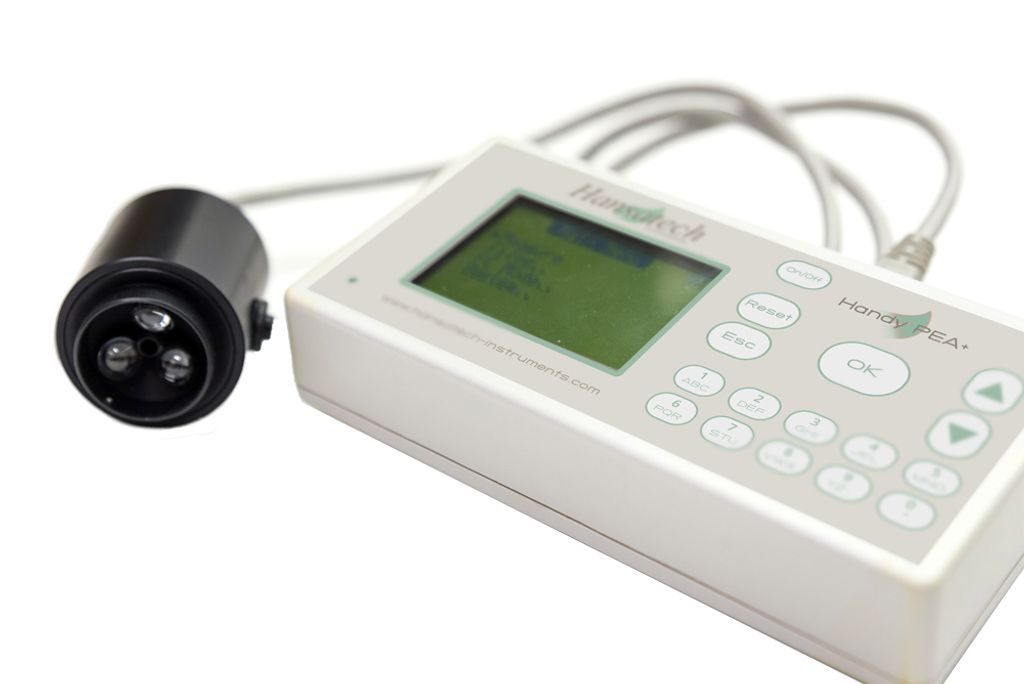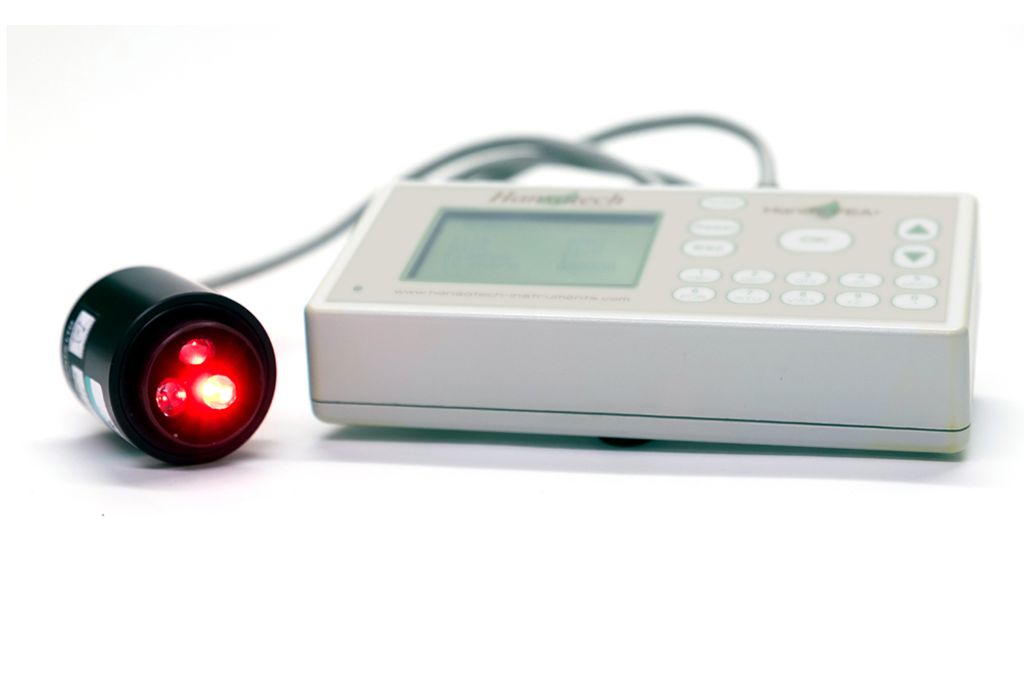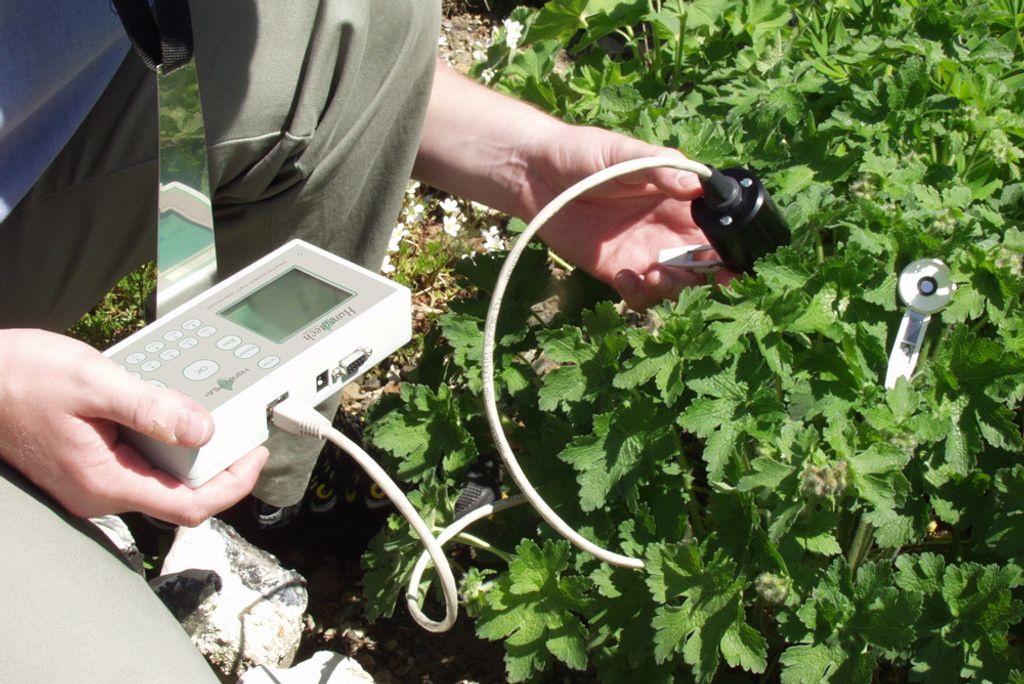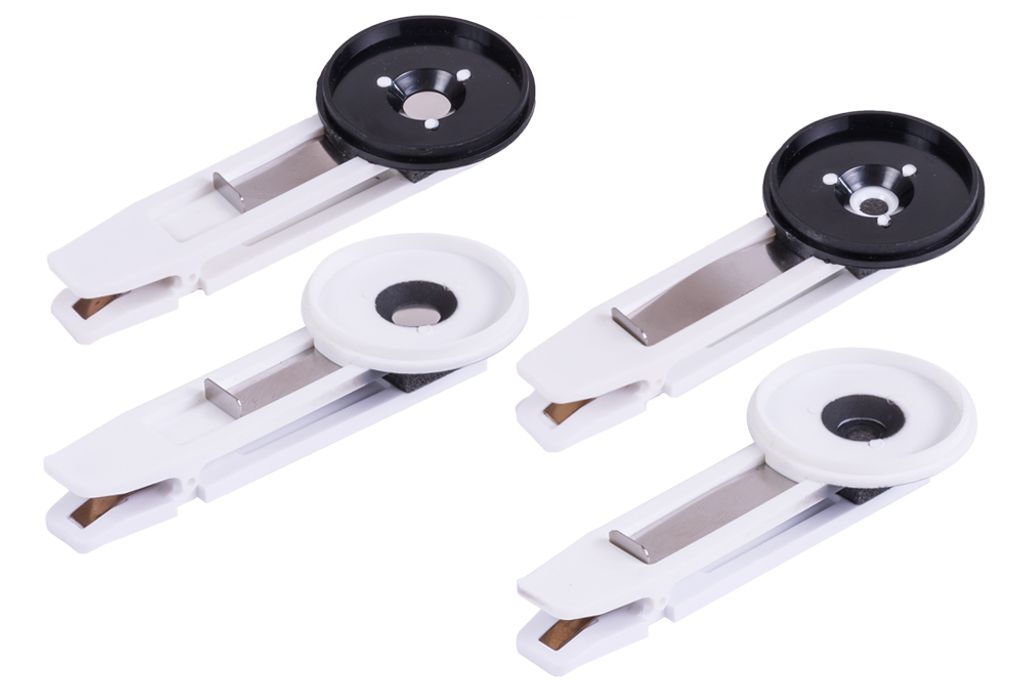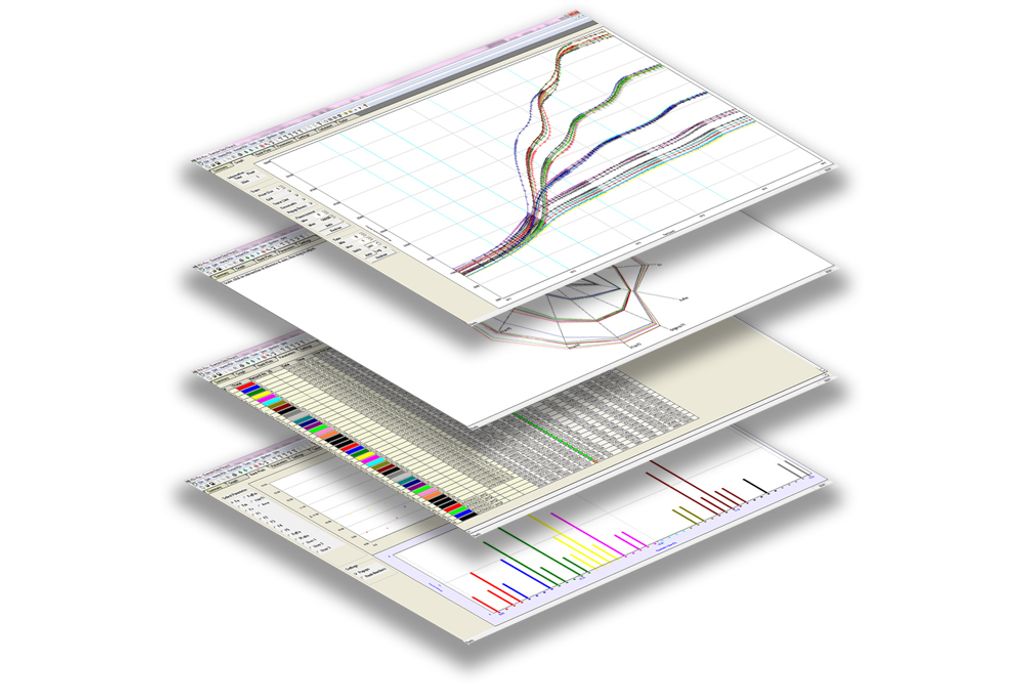Hansatech Handy PEA+ chlorophyll fluorimeter
- Handy PEA+ control unit and sensor
- HPEA/LC x 2: (20 leafclips)
- Mains-powered battery charger
- Protective carry bag
- USB data transfer cable
- USB Drive containing PEA+ software and manuals.
- Dimensions: 170mm (l) x 85mm (w) x 40mm (d). Weight 565g
- Communications: USB 2.0
- Operating conditions: 0°C – 40°C. Non-condensing humidity
- Battery: 3 x rechargeable Ni-MH 3.6V, 1.8Ahr
- Battery charger:Integral switch mode charger
- Input voltage – 100V-240V, 50-60Hz
- Output voltage – 12V DC
- Output current- 3 amps
- Display: 8-line x 20-character LCD display
- Illumination:A focused array of ultra-bright red LED’s with NIR short-pass cut-off filters
- Peak wavelength 650 nm
- Spectral-line half-width 22 nm
- Max. intensity at sample: Up to 3,500 μmol m-2 s-1
- Detector: Fast-response PIN photodiode with RG9 long-pass filter
- Electronics:16-bit microprocessor
- 12-bit resolution
- A/D 10μsec acquisition rate
- 8-bit DAC for light control
- Real-time clock
- Record Length: 0.1 seconds – 300 seconds
- Memory: 512K battery-backed RAM. (Up to 1,000 one second duration recordings with full trace data)
- Leafclips: 20 x injection moulded clip system with silvered locating ring, 4mm sample aperture and slidingshutter-plate.
Handy PEA+ Overview
Handy PEA+ consists of a compact, lightweight control unit encapsulating sophisticated electronics. This provides the high-time resolution which is essential in performing measurements of fast chlorophyll fluorescence induction kinetics.
Simple to configure and operate, basic measurement functionality can be defined directly on the Handy PEA+. More complex experimental design may be achieved using the Protocol Editor feature which allows up to 5 user-defined protocols to be stored in memory for different field applications. Protocols are written using a custom Windows® software package, PEA+ (supplied). A tactile keypad allows selections and inputs to be made and an LCD display module presents menu options and data.
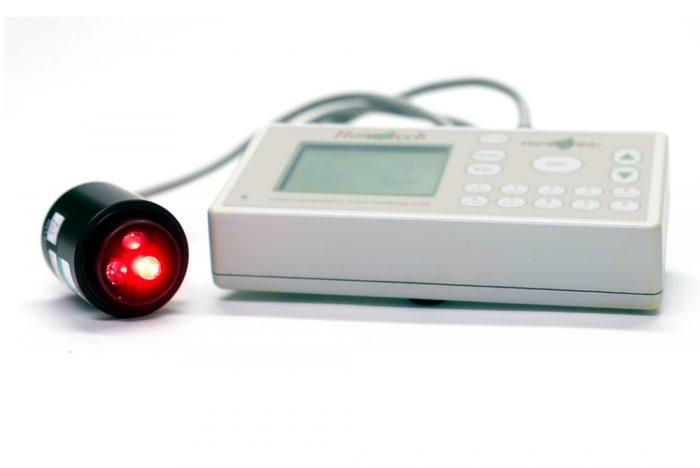
The sensor unit consists of an array of 3 ultra-bright red LEDs which are optically filtered to a peak wavelength of 650 nm (which is readily absorbed by chlorophyll) at a maximum intensity of up to 3,500 µmol m-2s-1at the sample surface. The LEDs are focused via lenses onto the leaf surface to provide uniform illumination over the area of leaf exposed by the leafclip (4mm dia). An optical feedback circuit monitors and corrects changes in the output intensity of the LEDs which can be caused by internal heat build-up within the LEDs themselves. The circuit also compensates for intensity changes caused by variation in ambient temperature.
The sensor unit is fitted with a high-performance PIN photodiode. Optical design and filtering ensure that it responds maximally to the longer wavelength fluorescence signal and blocks the reflected shorter wavelength LED light used as the source of illumination. Variable-rate analysis allows fluorescence signals to be sampled at different acquisition rates throughout the different phases of the induction kinetic. Initially, data is sampled at 10 µsecond intervals for the first 300 µseconds with subsequent induction phases recorded at lower sample rates as the rate of kinetic activity reduces.
Up to 1,000 recordings of between 0.1 seconds – 300 seconds may be saved in the onboard memory of the Handy PEA+. Calculated parameters may be viewed onscreen with more comprehensive data display achieved by transferring saved data via USB to a PC where the supplied PEA+ Windows® software allows a variety of numerical and graphical presentation options.
HPEA 3 Page electronic (1).pdf


